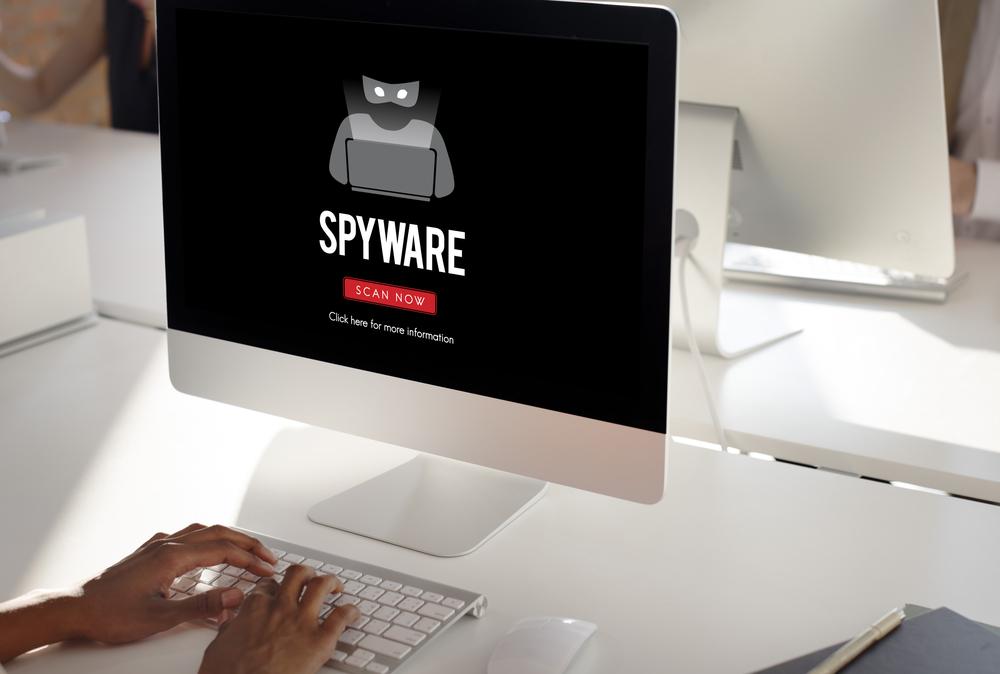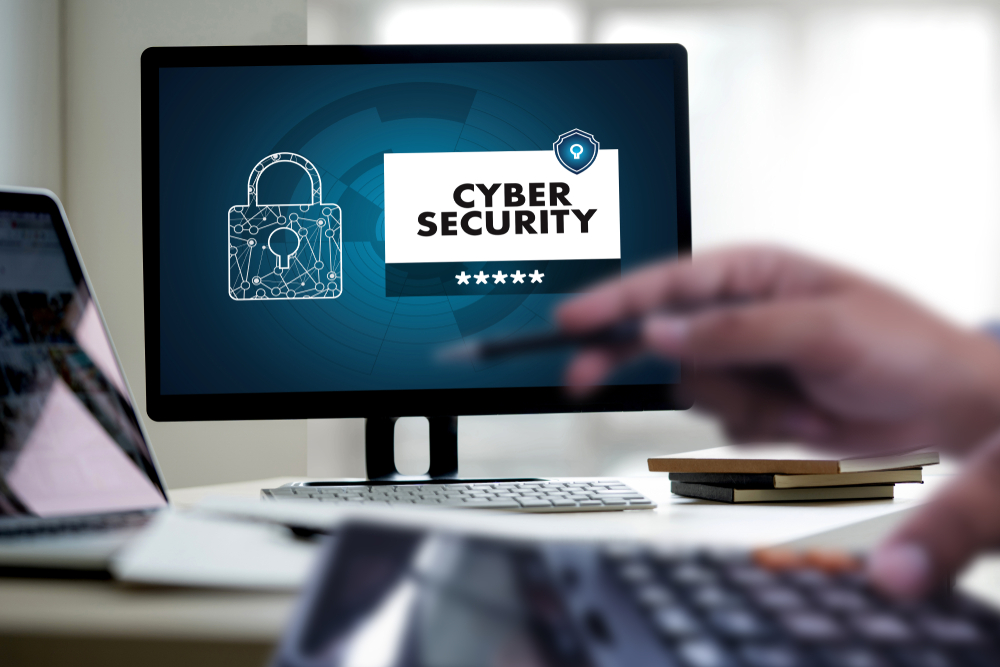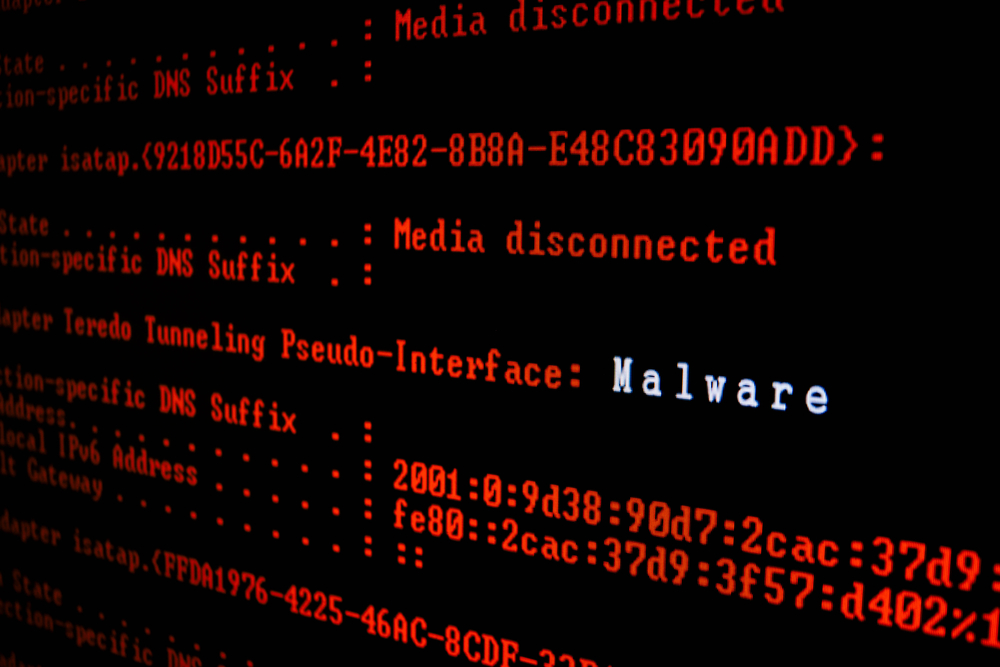Key Insights into Spyware and How to Protect Your Devices
This article provides essential insights into spyware, highlighting how it operates, its types, signs of infection, and effective steps to remove it. Understanding spyware helps users safeguard sensitive data through proper detection and prevention methods, including using trusted antivirus tools and safe browsing practices.

Key Insights into Spyware and How to Protect Your Devices
Spyware is a prevalent form of malware that infiltrates computers to monitor user activity secretly. It often attaches itself to emails or websites you visit, stealing sensitive data such as passwords and financial information. Sometimes, spyware installation can occur through seemingly harmless actions like installing screensavers. Detecting spyware can be challenging since it often runs unnoticed, making awareness essential.
Classification of spyware
Spyware is tough to detect, and many users remain unaware of its presence until issues arise.
Spyware falls into two main groups: surveillance and advertising types.
● Surveillance spyware can capture confidential info like credit card details and bank accounts through keyloggers, and it can track chat sessions on messaging apps. Malicious programs like Trojan Horse can even fully control your device.
● Advertising spyware sneaks data by displaying pop-up ads, recording your emails, passwords, browsing habits, and details about your hardware and software. It may also gather personal info such as your name, age, and gender.
How does spyware gather data?
Identifying spyware early is crucial. It employs various methods to collect information, often causing noticeable device issues.
● Slow performance is a common clue, as spyware consumes resources.
● Some Trojan Horse variants can modify security settings, allowing spyware to control your machine, and you may notice these settings reverting despite changes.
● Spyware uses browser cookies to monitor online activities and relay data to advertisers, which can include targeted social media tracking and more invasive methods.
Removing spyware
If spyware is suspected, installing reputable anti-spyware tools is essential for removal. Avoid clicking on suspicious pop-ups, and ensure your antivirus software is constantly updated to detect new threats. Using a firewall helps protect your PC over broadband connections.
Adjust your internet security zone settings to reduce risk and be cautious with ActiveX controls. When faced with pop-ups, close them promptly without clicking ‘OK’ or ‘Accept’. Before downloading free media or applications, review licensing agreements carefully.
Antivirus programs with anti-spyware features, like SUPER Anti Spyware or AVG, can effectively detect and eliminate threats. Free versions are available, but paid options often include enhanced detection for Trojans and advanced malware.










